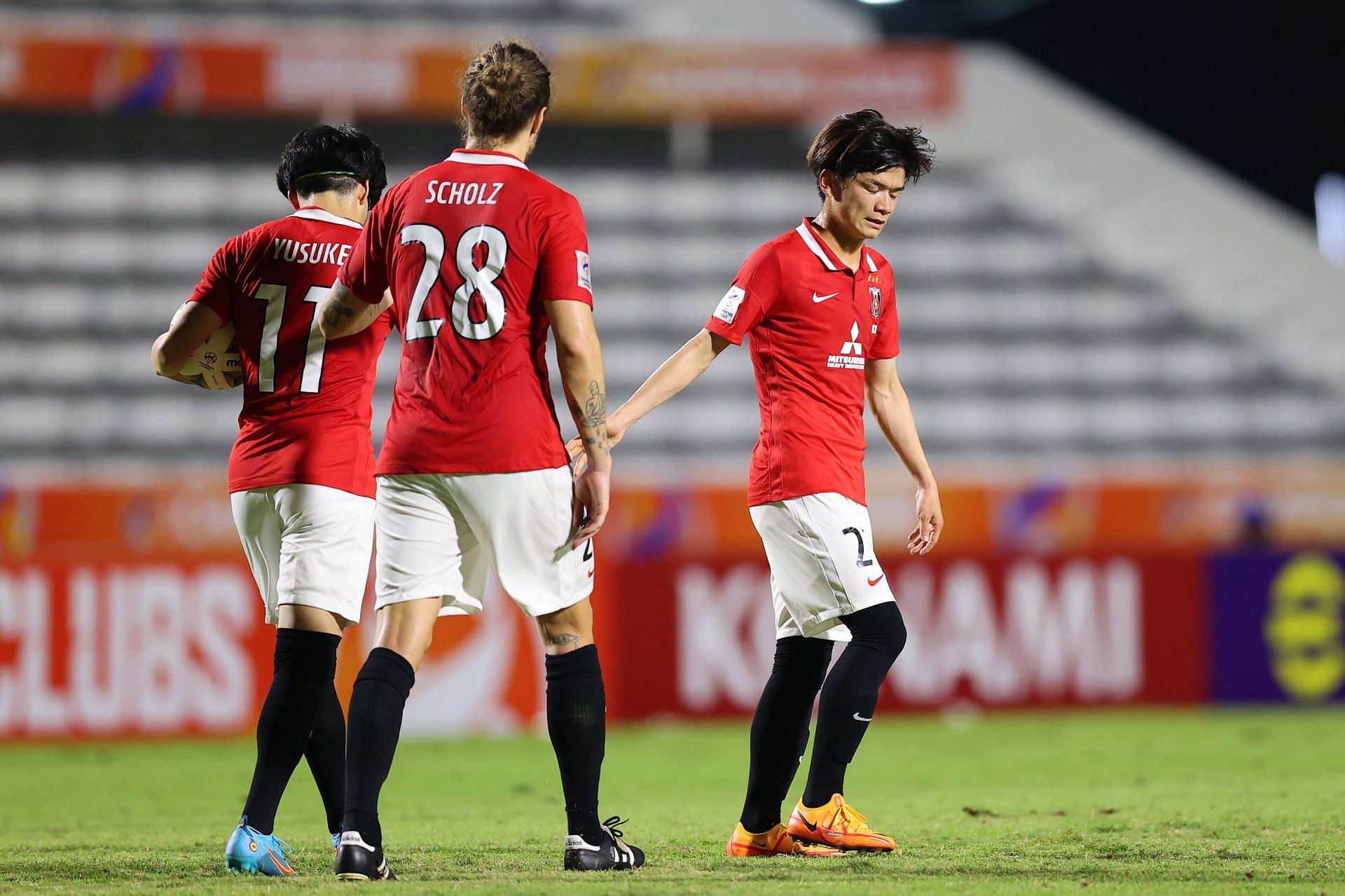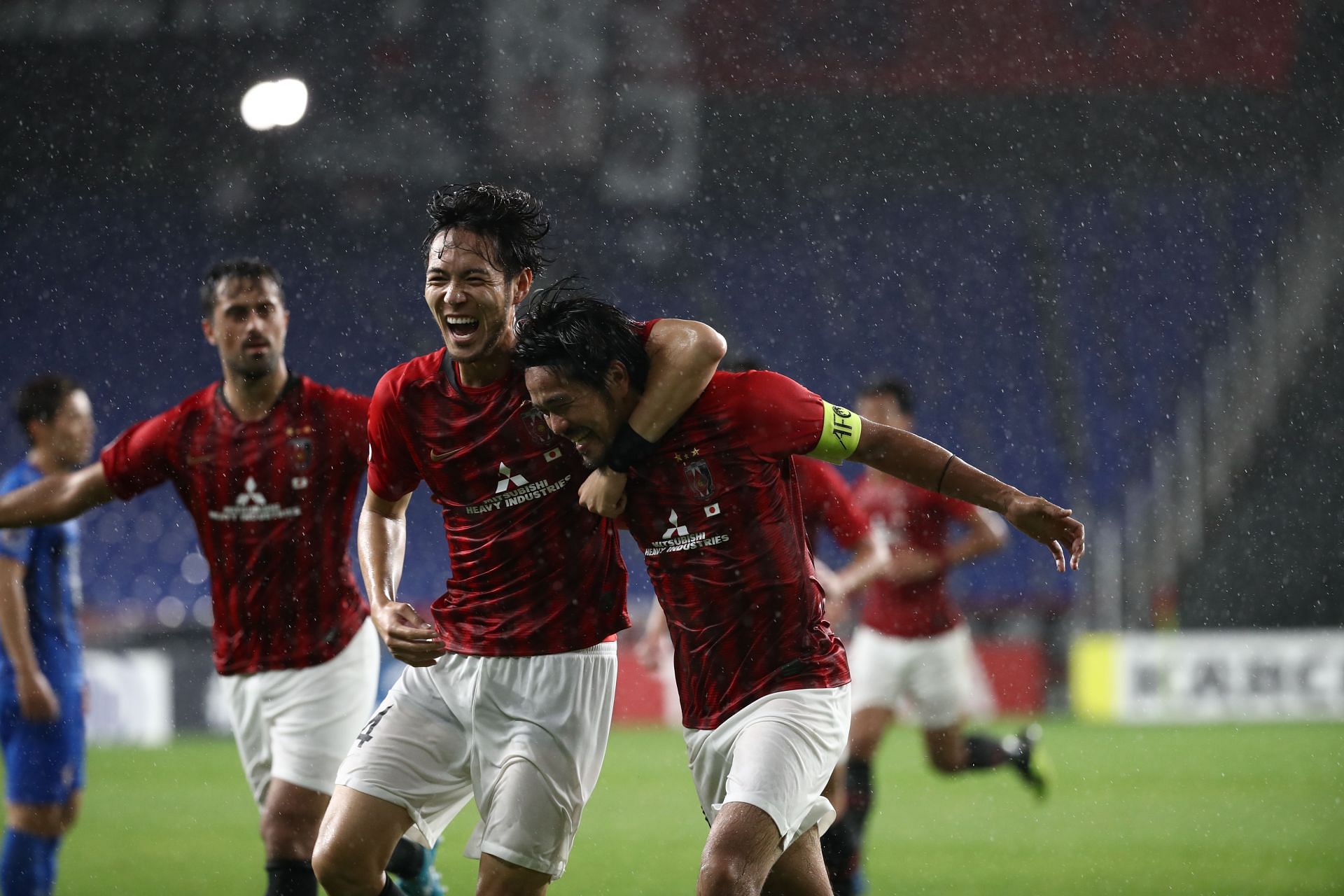FA Cup Japan, officially known as the Emperor’s Cup, boasts a rich history deeply intertwined with the evolution of Japanese football. From its humble beginnings to its current status as a national spectacle, the tournament has witnessed legendary players, unforgettable matches, and the rise of dominant clubs. This deep dive explores the competition’s captivating past, present, and future, examining its impact on Japanese football and the passionate fan culture that surrounds it.
This examination will delve into the tournament’s format, highlighting key moments and influential figures who have shaped its legacy. We will also analyze the Emperor’s Cup’s role in fostering talent, boosting the popularity of the sport, and contributing to the economic vitality of Japanese football clubs and communities. Finally, we’ll look ahead, speculating on potential changes and the tournament’s continued influence on the Japanese football landscape.
The Emperor’s Cup: A Century of Japanese Football: Fa Cup Japan
The Emperor’s Cup, officially known as the Japan FA Cup, stands as a testament to the evolution and enduring popularity of football in Japan. From its humble beginnings to its current status as a prestigious national competition, the tournament has shaped the nation’s football landscape, fostering talent, igniting passion, and leaving an indelible mark on the sporting consciousness of Japan.
History of the Emperor’s Cup
The Emperor’s Cup traces its origins back to 1921, initially conceived as a competition for amateur teams. The early years saw a relatively simple format, with regional qualifiers leading to a national final. Over the decades, the tournament has undergone significant transformations, reflecting the growth and professionalization of Japanese football. The introduction of professional leagues and the increasing participation of university teams marked pivotal moments in its development.
The expansion of the competition, the introduction of modern regulations, and the evolution of playing styles all contributed to the Emperor’s Cup’s current stature.
Significant moments include the emergence of dominant clubs like Kashima Antlers and Yokohama F. Marinos, their repeated victories showcasing sustained excellence. Memorable matches have often been defined by dramatic upsets, late goals, and unforgettable individual performances, cementing their place in Japanese football folklore. The introduction of video assistant referees (VAR) in recent years represents a notable change in regulations, mirroring global trends in football officiating.
| Decade | Winning Team | Score | Notable Players |
|---|---|---|---|
| 1920s | Various Teams (Data unavailable for comprehensive list) | Varied | Data largely unavailable for this early period. |
| 1930s | Various Teams (Data unavailable for comprehensive list) | Varied | Data largely unavailable for this early period. |
| 1940s | Various Teams (Data unavailable for comprehensive list due to wartime disruption) | Varied | Data largely unavailable for this early period. |
| 1950s | Various Teams (Data unavailable for comprehensive list) | Varied | Data largely unavailable for this early period. |
| 1960s | Various Teams (Data unavailable for comprehensive list) | Varied | Data largely unavailable for this early period. |
| 1970s | Various Teams (Data unavailable for comprehensive list) | Varied | Data largely unavailable for this early period. |
| 1980s | Various Teams (Data unavailable for comprehensive list) | Varied | Data largely unavailable for this early period. |
| 1990s | Yokohama Flügels, Kashima Antlers (multiple wins) | Varied | Zico (Yokohama Flügels), Masashi Nakayama (Yokohama Flügels), Atsushi Yoneyama (Kashima Antlers) |
| 2000s | Kashima Antlers (multiple wins), Jubilo Iwata | Varied | Takeshi Okada (Jubilo Iwata), Mitsuo Ogasawara (Kashima Antlers) |
| 2010s | Kashima Antlers (multiple wins), Sanfrecce Hiroshima, Cerezo Osaka | Varied | Shinzo Koroki (Kashima Antlers), Yasuyuki Konno (Sanfrecce Hiroshima), Yoichiro Kakitani (Cerezo Osaka) |
| 2020s | Nagoya Grampus, Ventforet Kofu | Varied | Manabu Saito (Nagoya Grampus), Douglas (Ventforet Kofu) |
Notable Teams and Players
The Emperor’s Cup has witnessed the rise and dominance of several clubs. Kashima Antlers, with their consistent success, stand out as a symbol of sustained excellence. Yokohama F. Marinos and other clubs have also contributed significantly to the tournament’s rich history. Legendary players, whose skills and contributions have defined eras, have left an enduring legacy on the competition.
Comparing playing styles across different eras reveals the evolution of Japanese football tactics, from more defensive approaches to the more attacking styles seen today.
For example, the powerful attacking displays of Yokohama Flügels in the 1990s, spearheaded by players like Masashi Nakayama and Zico, contrasted sharply with the more strategically disciplined approach of Kashima Antlers in subsequent decades. Individual performances in crucial matches, like a stunning goal in a final or a series of match-winning saves, are often recounted and celebrated by fans for years to come.
Tournament Format and Structure
The Emperor’s Cup follows a knockout format, with qualifying rounds involving lower-division teams to determine participants for the main draw. The structure typically involves multiple rounds, leading to the final match. The rules and regulations adhere to FIFA’s Laws of the Game, ensuring fairness and consistency.
- Qualifying Rounds (Regional and National)
- Round of 64
- Round of 32
- Round of 16
- Quarter-finals
- Semi-finals
- Final
Compared to other major domestic cup competitions globally, such as the FA Cup in England or the Copa del Rey in Spain, the Emperor’s Cup shares a similar knockout structure. However, the specific number of teams and qualifying rounds may vary based on the participating leagues and regional divisions.
Impact on Japanese Football, Fa cup japan
The Emperor’s Cup has played a crucial role in the development of Japanese football talent, providing a platform for young players to showcase their skills and gain experience. The tournament’s influence on the overall popularity of football in Japan is undeniable, captivating fans across the country and creating a sense of national pride. The cup has also indirectly contributed to the national team’s success by providing a competitive environment for players to develop their skills and gain valuable match experience.
The economic impact is significant, with increased revenue for participating clubs through ticket sales, broadcasting rights, and sponsorship deals. The tournament generates considerable economic activity in host cities and regions, boosting local businesses and tourism.
Fan Culture and Atmosphere

Emperor’s Cup matches are known for their passionate and vibrant atmosphere. Fans from different clubs create a lively and often intense atmosphere, showcasing their unwavering support for their teams. Traditional chants, banners, and displays of team colors are common sights. Fan support can significantly impact match outcomes, influencing players’ morale and performance.
A typical matchday experience might involve tailgating before the game, engaging with fellow supporters, enjoying the pre-match build-up, and experiencing the thrill of the competition itself. The post-match celebrations or commiserations further enhance the sense of community and shared experience among fans.
The Future of the Emperor’s Cup

Potential improvements to the tournament could include exploring ways to increase participation from lower-league teams, potentially adjusting the qualifying rounds to provide more opportunities for them. Strategies to enhance fan engagement could involve utilizing digital platforms, improving accessibility for fans, and creating more interactive experiences around the competition. In the next decade, the Emperor’s Cup is likely to continue its role as a vital competition in Japanese football, providing a platform for emerging talent and fueling the passion of fans nationwide.
Increased international collaboration and exposure could further enhance the tournament’s prestige and global recognition.
Finish your research with information from korea league one.
The Emperor’s Cup, more than just a football tournament, serves as a microcosm of Japanese football’s journey. Its history reflects the nation’s growing passion for the sport, the development of exceptional talent, and the enduring power of fan loyalty. As the competition continues to evolve, its future promises more exciting matches, unforgettable moments, and a continued contribution to the vibrant tapestry of Japanese football culture.
The legacy of the FA Cup Japan is secure, promising continued excitement and growth for years to come.

